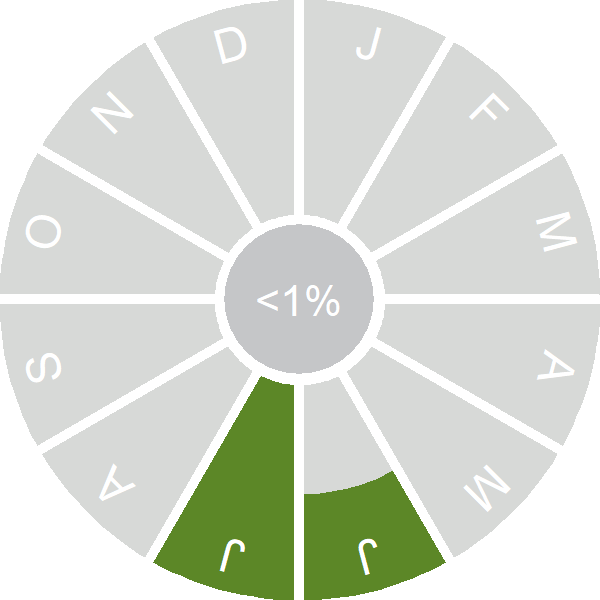Great Knot
Calidris tenuirostris (Horsfield, 1821)
KO
 4950
4950

Family: Charadriiformes > Scolopacidae
As the name suggests, larger than the familiar Knot, and with heavy spotting on its flanks, this extremely rare visitor from Siberia normally winters in south-east Asia and Australasia. A small population overwinters in the Persian Gulf.
Identification
Develop your bird ID skills with our training courses
Our interactive online courses are a great way to develop your bird identification skills, whether you're new to the hobby or a competent birder looking to hone your abilities.
Browse training coursesStatus and Trends
Population size and trends and patterns of distribution based on BTO surveys and atlases with data collected by BTO volunteers.
SEASONALITY
Great Knot is a very rare vagrant with recent records having been in summer.

Movement
Information about movement and migration based on online bird portals (e.g. BirdTrack), Ringing schemes and tracking studies.
RINGING RECOVERIES
View a summary of recoveries in the Online Ringing Report.
Biology
Lifecycle and body size information about Great Knot, including statistics on nesting, eggs and lifespan based on BTO ringing and nest recording data.
PRODUCTIVITY & NESTING
Sample sizes are too small to report Productivity and Nesting statistics for this species.
CODES & CLASSIFICATION
Field Codes 
|
2-letter: KO | 5-letter code: | Euring: 4950 |
For information in another language (where available) click on a linked name
Links to more information from ConservationEvidence.com
Would you like to search for another species?






Share this page